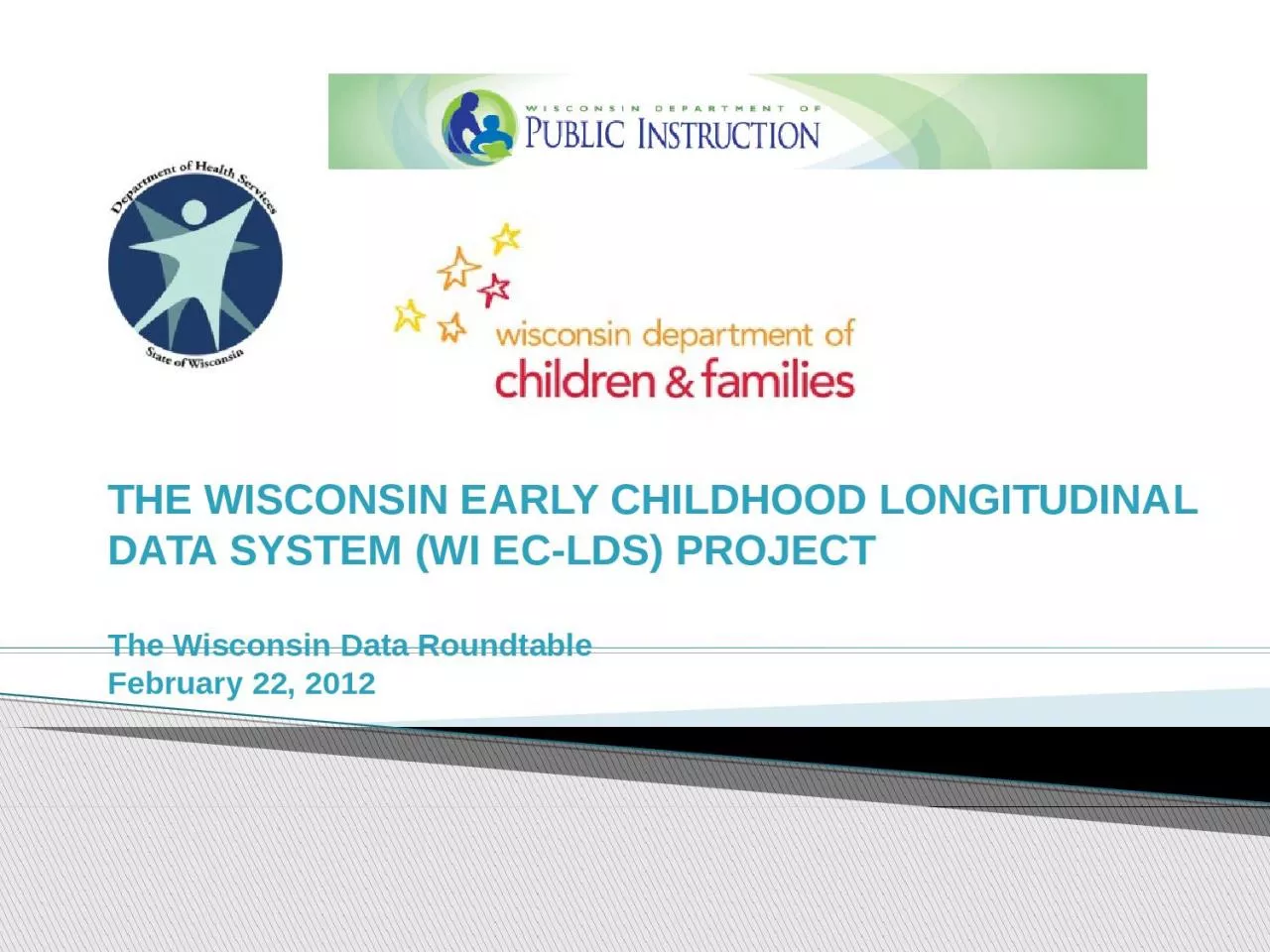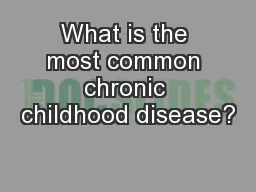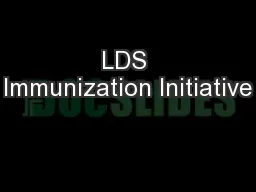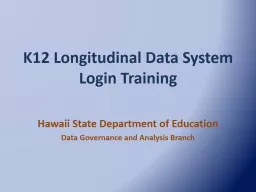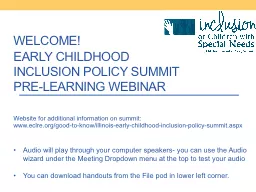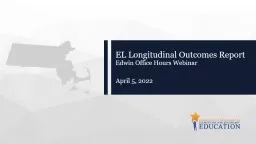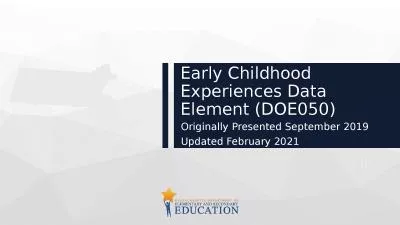PPT-THE WISCONSIN EARLY CHILDHOOD LONGITUDINAL DATA SYSTEM (WI EC-LDS) PROJECT
Author : davis | Published Date : 2024-01-29
The Wisconsin Data Roundtable February 22 2012 How are the children of Wisconsin doing 2 Welcome and Introductions DPI Kurt Kiefer Assistant State Superintendent
Presentation Embed Code
Download Presentation
Download Presentation The PPT/PDF document "THE WISCONSIN EARLY CHILDHOOD LONGITUDIN..." is the property of its rightful owner. Permission is granted to download and print the materials on this website for personal, non-commercial use only, and to display it on your personal computer provided you do not modify the materials and that you retain all copyright notices contained in the materials. By downloading content from our website, you accept the terms of this agreement.
THE WISCONSIN EARLY CHILDHOOD LONGITUDINAL DATA SYSTEM (WI EC-LDS) PROJECT: Transcript
Download Rules Of Document
"THE WISCONSIN EARLY CHILDHOOD LONGITUDINAL DATA SYSTEM (WI EC-LDS) PROJECT"The content belongs to its owner. You may download and print it for personal use, without modification, and keep all copyright notices. By downloading, you agree to these terms.
Related Documents

